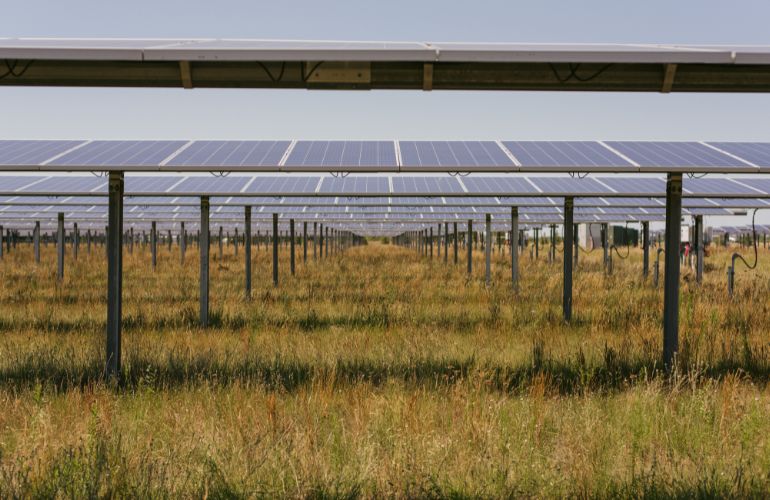The International Code Council and FEMA released preliminary results of proposed code changes Friday that would add solar technology to the highest possible hazard category in the 2024 International Building Code. Backed by 300 companies, the Solar Energy Industries Association issued countermeasures to prevent solar technology from moving from risk category I to risk category IV. The ICC has reportedly approved the proposed move to risk category II.
“We are grateful to the ICC voters for recognizing how impractical it is to include solar and storage projects as Risk Category 4,” said Abigail Ross Hopper, CEO and president of SEIA. “This decision is undoubtedly a victory for clean energy deployment in the United States after more than 300 companies signed a letter urging approval of SEIA’s compromise proposals. .
“The excessive and overly burdensome code measures required under FEMA’s proposal could stifle clean energy growth without improving grid stability,” Hopper continued. “The resulting effect, whether intended or not, could be a devastating reduction in renewable energy projects as we aggressively strive to meet important climate goals.”
It is expected that there will be a slight increase in manufacturing costs for ground-mounted solar structures with this transition to category II. Roth Capital Partners expects “modest increases in tracker costs,” with an estimated increase of 2-5% in category II, as opposed to an estimated 30-40% increase in category IV.
There are additional inspection requirements from this new hazard category designation, however, they are less stringent than originally proposed. Risk category IV includes high-risk structures such as first responder facilities, public utilities and power generation stations. Structures in risk category II are considered low risk.
